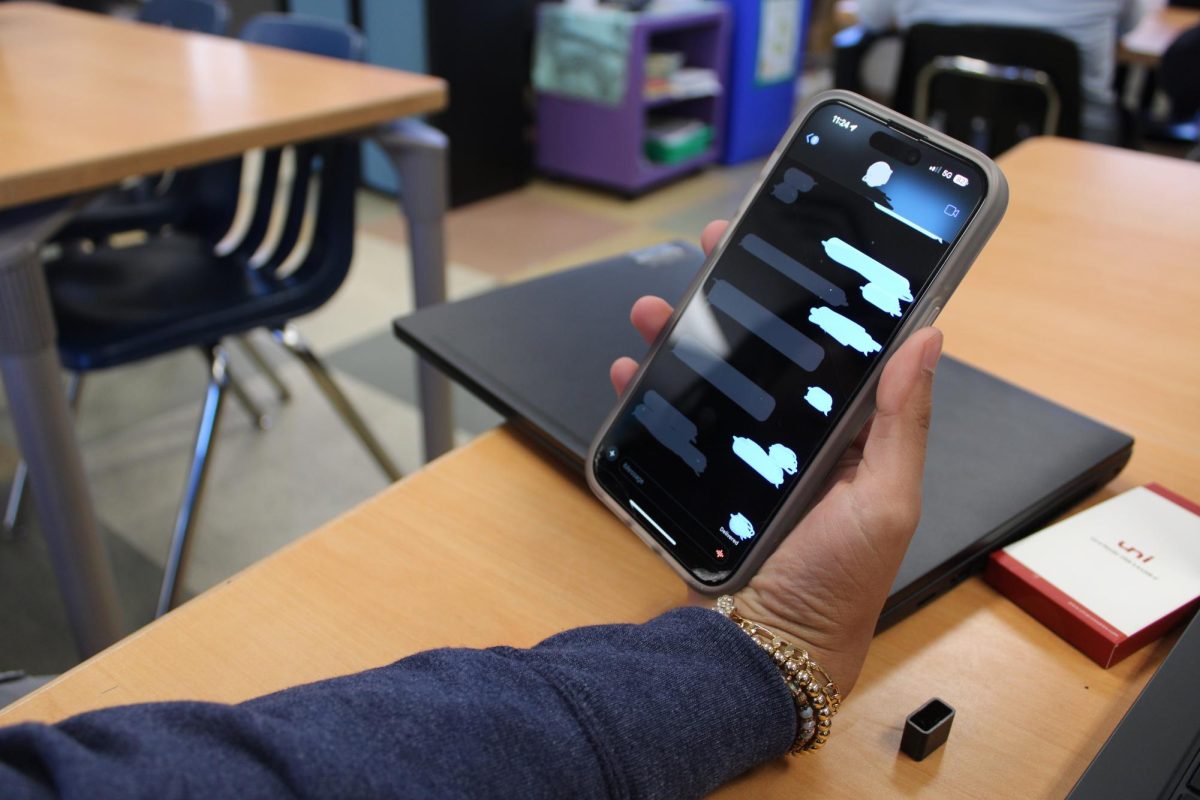The internet is an immense and vast digital world, and as time passes it only continues to grow and expand. Information gets put out faster, resources are more easily accessible, and people can easily interact with others, including strangers. With that, it opens up many opportunities for harmful information, opinions, and sites to be accessed by kids. I strongly believe that with proper caution and knowledge, people of all ages, including the youth, are capable of navigating through the internet in a safe manner.
The first major concern with kids on the internet is how simple it is to interact with strangers online. This is especially true when considering how many young kids and teens have accounts on social media that are most likely public. According to “Dangers of the Social Web” published by Internet Safety 101.org, kids with public accounts are more likely to message and meet with strangers. There are very simple solutions to this, though. The first step should be to create private accounts online to ensure interactions with only peers, and that only they interact with the user back. In the case that they choose not to though, Rain.org recommends, in their article “Social Media Safety.” to post content that doesn’t contain any personal information. This could be schools, addresses, full date of birth, etc.
Another concern is the easy accessibility to false and harmful information. With the improvements of artificial intelligence and other technology, misinformation and misleading sites are more prevalent than before. AI images push false narratives and become harder to differentiate from real stories. Also harmful links, also known as “phishing links,” can imitate safe ones and attract unsuspecting users, especially young ones. According to the article “Hackers Using Fake YouTube Links to Steal Login Credentials” published by Owais Sultan, cybercriminals are now using fake Youtube links that can manipulate URLs to obtain information such as your location and logins for various accounts and apps. Luckily, all modern smart devices come with antivirus software installed and malicious page detection. Therefore, the user would receive warning that a link could possibly be dangerous, before completely entering.
As vast and questionable as the internet is, it has many positive uses as well. Users can easily access credible information in seconds. Modern search engines provide the most accurate and up to date sources. Research times have also been dramatically reduced due to the lack of needing to read entire books for information. The internet also provides lots of entertainment as well. Users can watch all sorts of content, from sports, to reality shows. Additionally, people can interact and communicate with family and friends at fast speeds. There are just many benefits to the internet when properly educated.
Without proper guidance and education, the internet can feasibly become a place in which a person can be vulnerable. Though I believe that once they are, the internet becomes an incredibly safe and resourceful tool. Everything someone could ever want is easily at their fingertips. When knowing how to protect yourself and navigate properly, the internet becomes safe and one of the most helpful resources of modern times.
“Hackers Using Fake YouTube Links to Steal Login Credentials.” Hackread – Latest Cybersecurity, Tech, Crypto & Hacking News, 14 Jan. 2025,
hackread.com/hackers-fake-youtube-links-steal-login-credentials/. Accessed 29 Jan. 2025.
“Internet Safety 101: Dangers.” Internetsafety101.org, 2019, internetsafety101.org/snsdangers.
“Benefits of Internet.” NJ Office of Broadband Connectivity, www.nj.gov/connect/internet-101/benefits/.
“Social Media Safety | RAINN.” Rainn.org, rainn,







